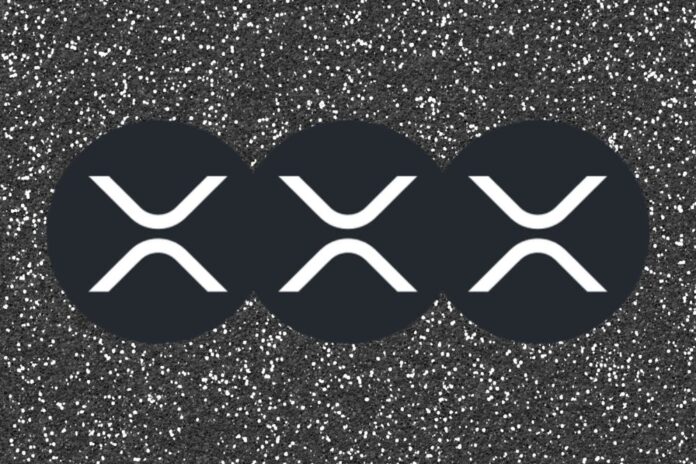In a recent tweet, prominent cryptocurrency community figure JacktheRippler highlighted the remarkable efficiency of Ripple’s XRP technology in facilitating a $755 million bank transfer. The transaction was completed within a mere 4 seconds at a cost of just $0.01, a stark contrast to the multi-day delays and exorbitant fees associated with traditional banking systems like SWIFT.
How Does XRP Facilitate Efficient Transfers?
Ripple’s core technology, the XRP Ledger, is a decentralized blockchain that provides a secure and reliable platform for recording and settling transactions.
Read Also: 1.5 Trillion SHIB in 24 Hours – Here’s the Significance
Unlike traditional banking systems that rely on a complex web of intermediaries, RippleNet creates a direct connection between the sending and receiving financial institutions. This streamlined process eliminates unnecessary delays and drastically reduces fees.
A Bank just sent $755 million worth of #XRP and it was transferred in 4 seconds and cost only $0.01!
Using the traditional banking system (SWIFT), the transfer would take place in 3-5 days and cost millions in fees. Sometimes the money is lost!
XRP 👑 pic.twitter.com/Oynq7lJoF3
— JackTheRippler ©️ (@RippleXrpie) May 3, 2024
The Benefits for Banks and Businesses
The advantages of XRP and RippleNet for banks and businesses are manifold:
Speed: Transactions settle in seconds, providing significant liquidity benefits and enabling faster business operations.
Cost Savings: XRP’s low transaction costs translate into a lot of savings for banks, which can be passed on to customers.
Reliability: The decentralized nature of the XRP Ledger and RippleNet ensures a high level of security and reduces the risk of errors or lost funds.
Scalability: RippleNet is designed to handle large volumes of transactions, making it a suitable solution for international institutions.
The compelling advantages of XRP and RippleNet are leading to increasing adoption by banks and financial institutions worldwide. Several prominent banks have already adopted the technology to streamline their cross-border payments. As awareness of XRP’s benefits grows, it’s likely to see even wider usage in the global financial system.
We are on twitter, follow us to connect with us :- @TimesTabloid1
— TimesTabloid (@TimesTabloid1) July 15, 2023
Read Also: Hundreds of Millions of XRP Moved by Binance Sparks XRP Price Resurgence
Challenges and Considerations
While XRP offers tremendous potential, it’s important to acknowledge certain challenges and considerations. Firstly, the regulatory landscape for cryptocurrencies is still evolving, and banks may require greater clarity before fully embracing XRP. Secondly, like other cryptocurrencies, XRP can exhibit price volatility, which may introduce an element of risk for some financial institutions.
The bank transfer highlighted by JacktheRippler demonstrates the transformative potential of XRP and RippleNet. By addressing the inefficiencies of traditional cross-border payments, Ripple aims to create a more seamless and cost-effective global financial system.
While there are hurdles to overcome, the technology’s growing adoption suggests a bright future for XRP in the world of international banking. This article provides general information about XRP and should not be construed as financial advice.
Follow us on Twitter, Facebook, Telegram, and Google News


